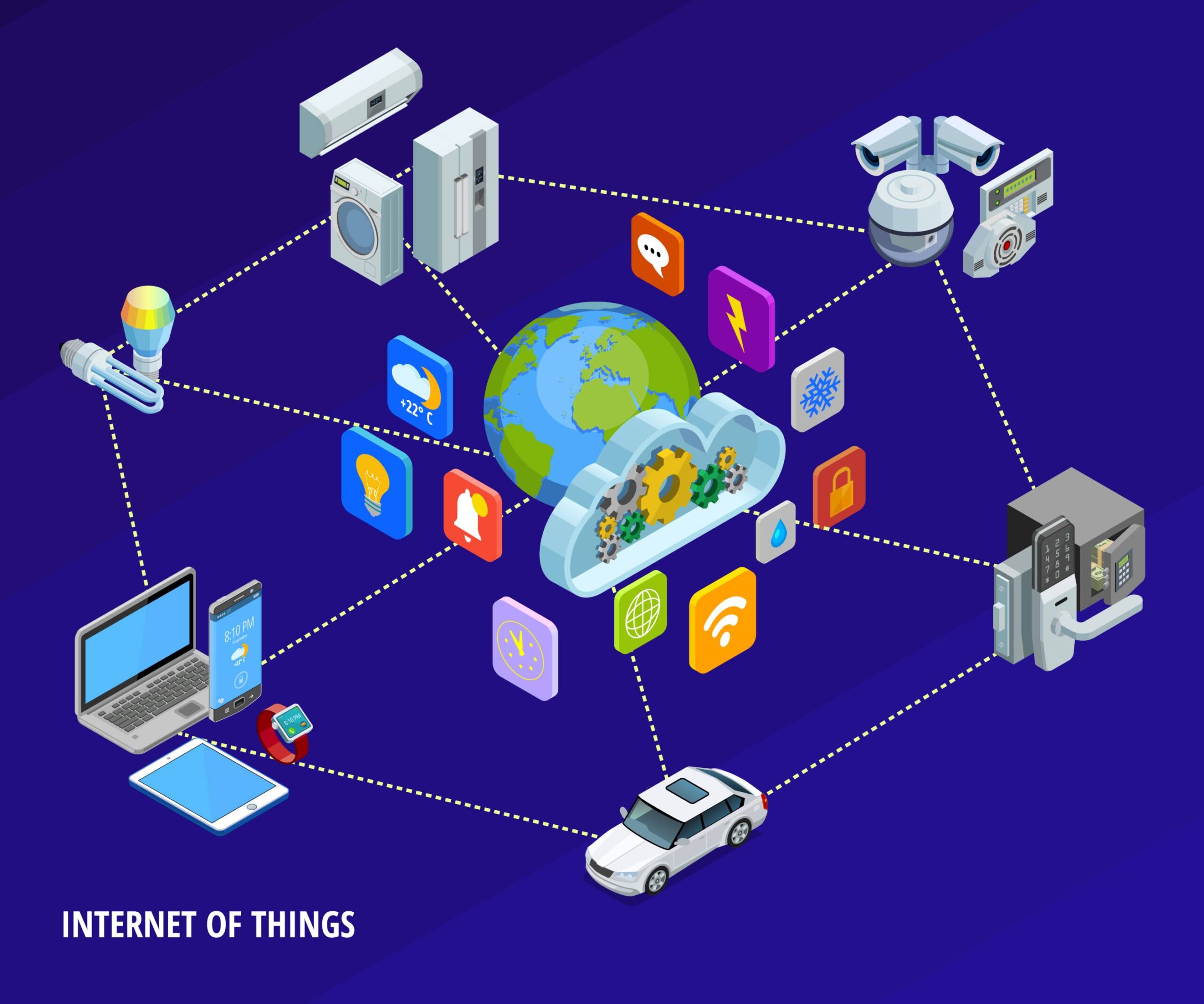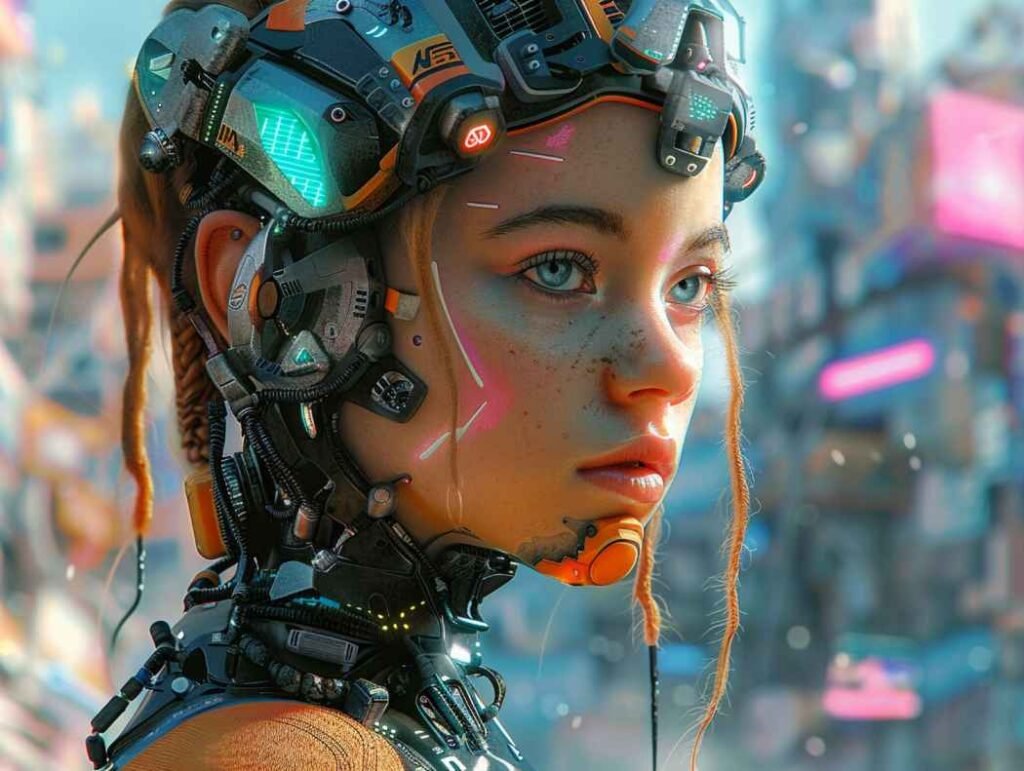Outline
- Introduction
- Understanding AI and IoT
- The Intersection of AI and IoT
- Benefits of AI and IoT Integration
- Applications of AI and IoT
- Challenges and Concerns
- The Future of AI and IoT
- Conclusion
- FAQs
Introduction
In today’s digital age, technological advancements have paved the way for innovative solutions that are reshaping various industries. Two such transformative technologies are Artificial Intelligence (AI) and the Internet of Things (IoT). Individually, AI and IoT have already made significant impacts. However, when combined, they have the potential to revolutionize the way we live, work, and interact with our surroundings.
This article explores the fascinating world of AI and IoT, their intersection, benefits, applications, challenges, and what the future holds for these transformative technologies.
Understanding AI and IoT
Artificial Intelligence refers to the simulation of human intelligence in machines that can analyze data, learn from it, and make decisions or predictions based on patterns and algorithms. AI enables machines to mimic human cognitive functions, such as problem-solving, natural language processing, and computer vision.
On the other hand, the Internet of Things involves connecting everyday objects, devices, and systems to the internet, enabling them to collect and exchange data. IoT devices range from smart home appliances and wearable fitness trackers to industrial sensors and autonomous vehicles. The vast network of interconnected devices generates a wealth of data, offering insights into various aspects of our environment.
The Intersection of AI and IoT
The convergence of AI and IoT creates a powerful synergy. AI algorithms can process the massive amounts of data generated by IoT devices, extracting valuable insights and patterns. These insights can then be used to optimize processes, enhance decision-making, and automate tasks in real-time. By leveraging AI’s capabilities, IoT systems become smarter, more efficient, and capable of learning and adapting to changing circumstances.
Benefits of AI and IoT Integration
The integration of AI and IoT offers numerous benefits across multiple domains. Here are some key advantages:
- Efficiency and Automation: AI-powered IoT systems can automate routine tasks, streamline processes, and optimize resource allocation, leading to increased efficiency and productivity.
- Predictive Maintenance: By analyzing IoT sensor data, AI algorithms can identify potential issues in machinery or infrastructure, enabling proactive maintenance and minimizing downtime.
- Enhanced Decision-Making: AI’s ability to analyze vast datasets in real-time provides decision-makers with actionable insights and predictive analytics, facilitating better and more informed choices.
- Personalization: AI and IoT enable personalized experiences by leveraging data from various sources, such as wearables and smart devices, to tailor services and products to individual preferences.
- Improved Safety and Security: AI algorithms can analyze data from IoT devices to detect anomalies, identify potential threats, and enhance overall safety and security measures.
Applications of AI and IoT
The combined power of AI and IoT has already found applications in numerous fields. Here are a few notable examples:
- Smart Homes: AI-powered virtual assistants, integrated with IoT devices, enable voice-activated control of various household systems, such as lighting, heating, and security.
- Healthcare: AI and IoT facilitate remote patient monitoring, real-time health tracking, and early detection of medical conditions through wearable devices and connected sensors.
- Transportation: Autonomous vehicles leverage AI and IoT technologies to navigate, optimize routes, and improve traffic management, leading to safer and more efficient transportation systems.
- Manufacturing: AI and IoT integration enables predictive maintenance, quality control, and optimized supply chain management, enhancing productivity and reducing costs.
- Smart Cities: AI and IoT can optimize energy consumption, improve waste management, enhance public safety, and enable efficient urban planning in smart city initiatives.
Challenges and Concerns
While the prospects of AI and IoT integration are promising, there are also challenges and concerns that need to be addressed. Some key considerations include:
- Privacy and Security: The vast amount of data collected by IoT devices raises concerns about privacy and data security. Safeguarding sensitive information and ensuring secure communication between devices are crucial.
- Ethics and Bias: AI algorithms must be developed and deployed ethically, considering potential biases and ensuring fair and transparent decision-making.
- Interoperability: As the number of IoT devices and AI systems increases, ensuring interoperability and standardization becomes essential for seamless integration and data exchange.
- Data Overload: The abundance of data generated by IoT devices requires efficient data management and processing capabilities to extract meaningful insights and prevent information overload.
The Future of AI and IoT
The future of AI and IoT holds immense potential for further innovation and transformation. As both technologies continue to advance, we can expect:
- Improved Connectivity: The proliferation of 5G networks and advancements in edge computing will enable faster and more reliable connectivity, facilitating seamless integration of AI and IoT devices.
- Edge AI: With AI capabilities being embedded directly into IoT devices, we can anticipate decentralized decision-making, reduced latency, and improved real-time responsiveness.
- Industry Disruption: AI and IoT will continue to disrupt traditional industries, revolutionizing sectors such as healthcare, transportation, agriculture, and energy, among others.
- Ethical Considerations: As AI and IoT play increasingly integral roles in our lives, ethical frameworks and regulations will evolve to ensure responsible and accountable deployment.
- Collaborative Ecosystems: The future will witness collaborative ecosystems where AI and IoT technologies work together seamlessly, empowering individuals and organizations to achieve new possibilities.
Conclusion
The convergence of Artificial Intelligence and the Internet of Things heralds a new era of innovation and transformation. The combined power of these technologies opens up exciting opportunities across industries, enabling automation, data-driven insights, and enhanced decision-making. While challenges exist, proactive measures can address concerns related to privacy, security, ethics, and interoperability. As we embrace the future, the seamless integration of AI and IoT will continue to shape our world, creating smarter, more connected environments that benefit individuals, businesses, and society as a whole.
FAQs
1. How does AI enhance IoT systems? AI processes the vast amounts of data generated by IoT devices, extracting valuable insights, enabling automation, and enhancing decision-making in real-time.
2. What are some examples of AI and IoT applications? AI and IoT find applications in smart homes, healthcare, transportation, manufacturing, and smart city initiatives, among others.
3. What are the challenges of AI and IoT integration? Challenges include privacy and security concerns, ethical considerations, interoperability, and managing the abundance of data generated by IoT devices.
4. How will AI and IoT evolve in the future? The future holds improved connectivity, the rise of edge AI, disruption in various industries, increased focus on ethical considerations, and collaborative ecosystems.
5. What are the benefits of integrating AI and IoT? Benefits include increased efficiency and automation, predictive maintenance, enhanced decision-making, personalization, and improved safety and security. Play sprunki phase 28 Anytime, Anywhere!



